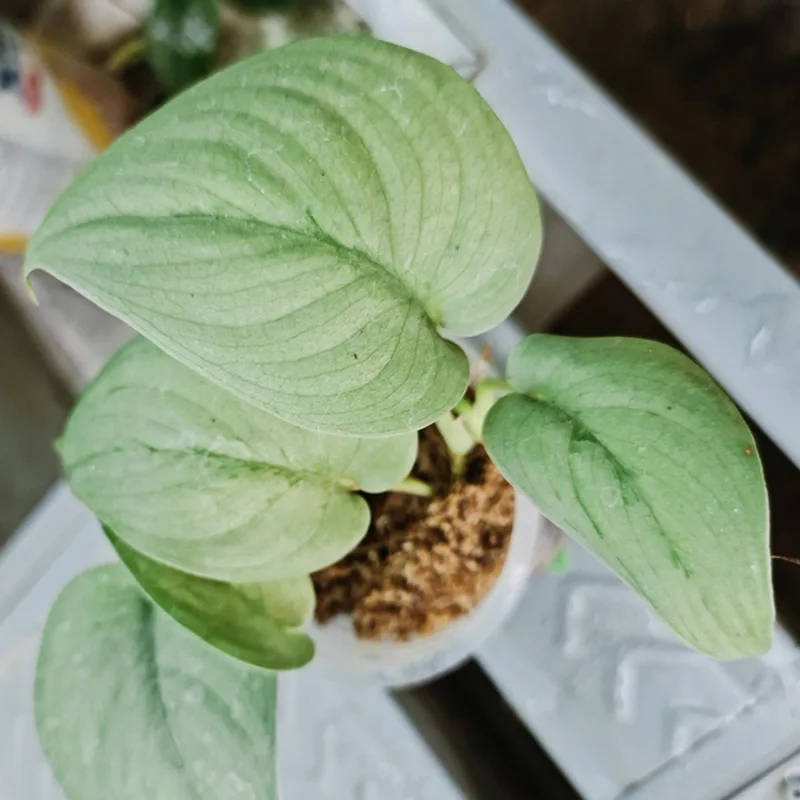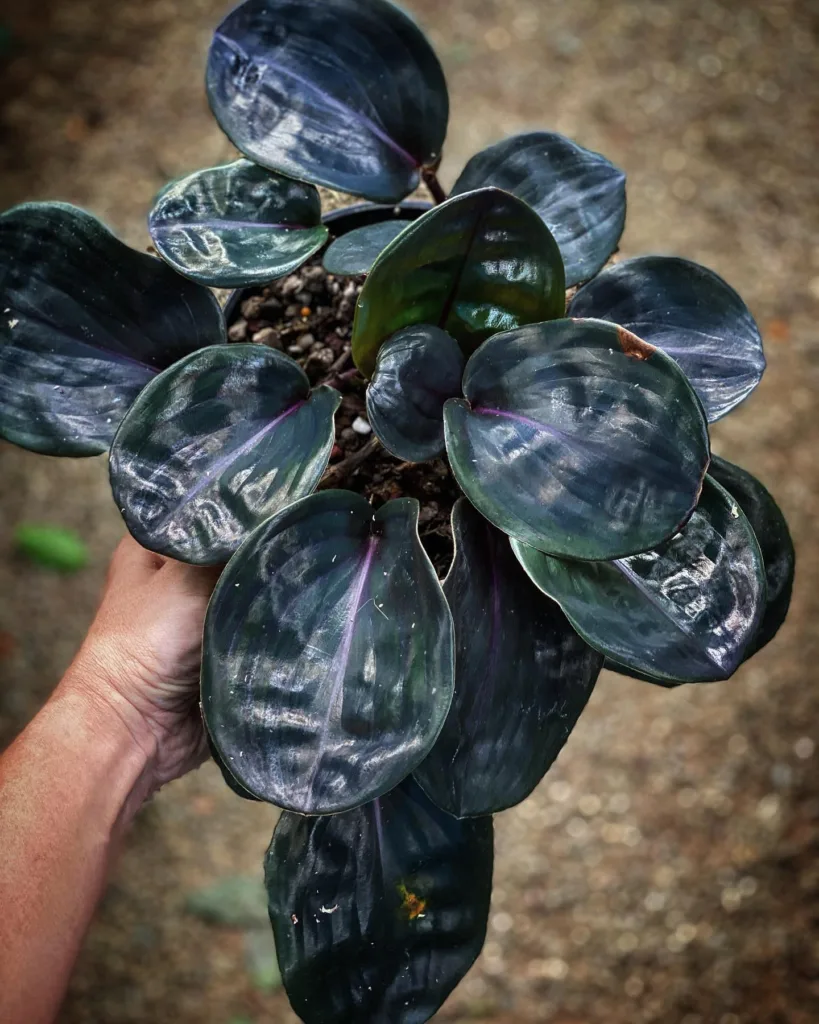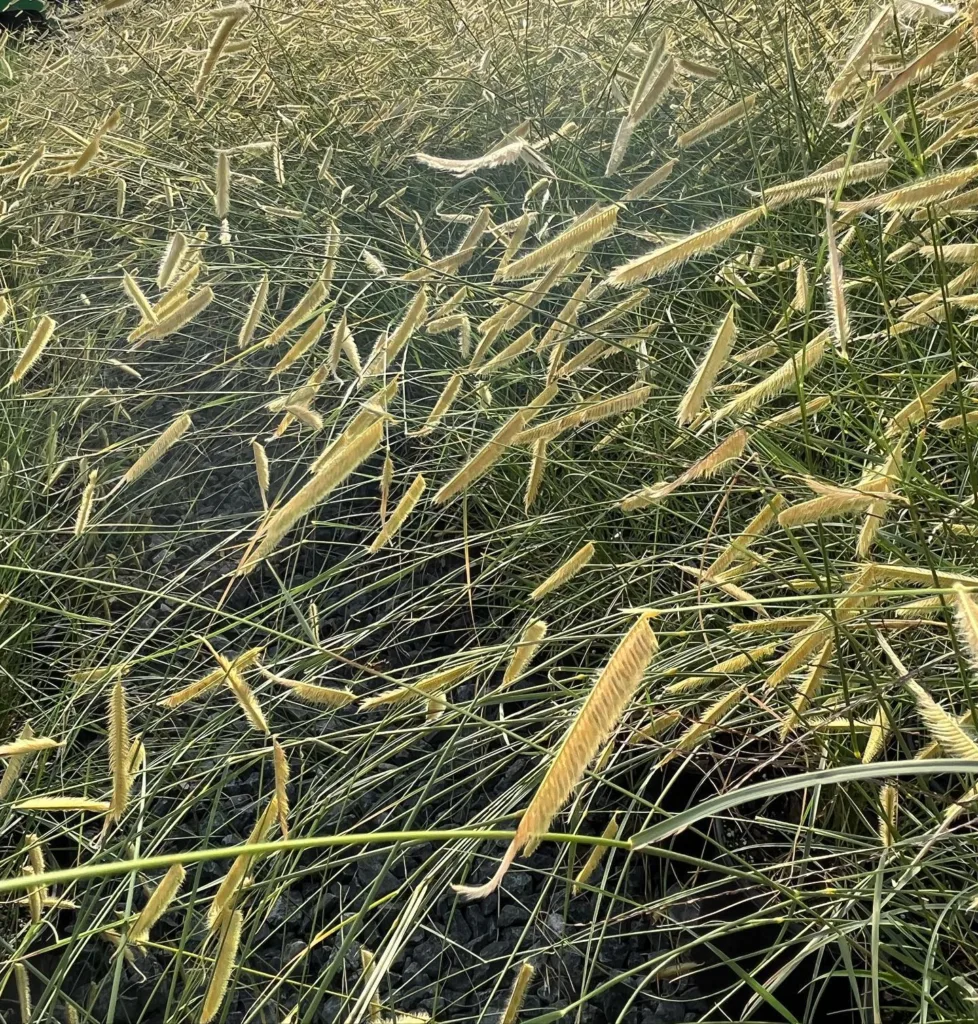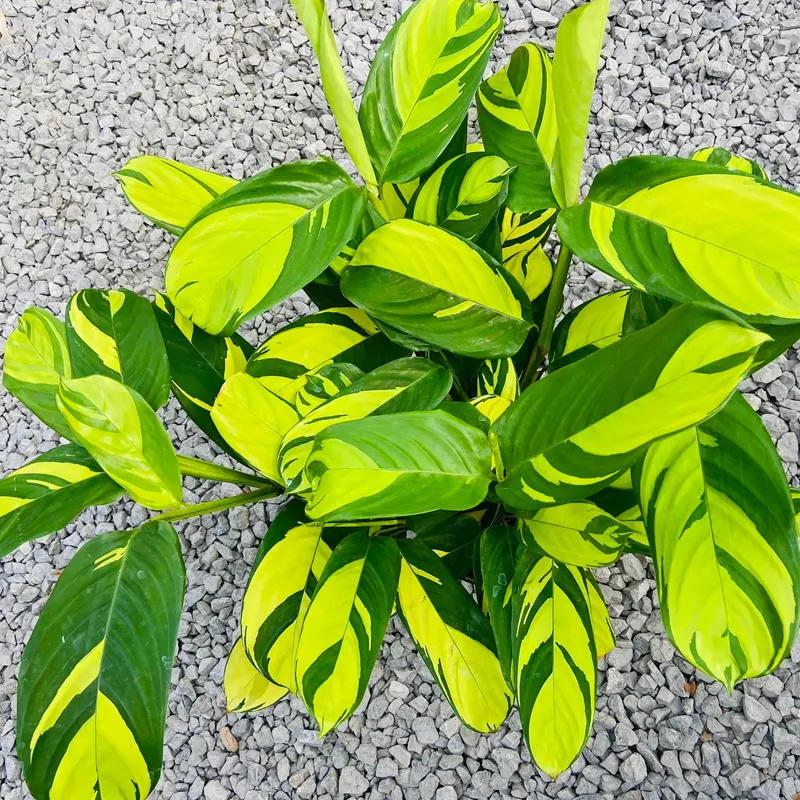
FAQs About Carex Pennsylvanica
Carex Pennsylvanica, commonly known as Pennsylvania Sedge, is a versatile and attractive grass-like plant that adds texture and interest to gardens. Whether you’re a seasoned gardener or a beginner, you might have some questions about how to best care for and utilize this plant. Here, I’ll address some of the most frequently asked questions about Carex Pennsylvanica.
What Is Carex Pennsylvanica?
Carex Pennsylvanica is a perennial sedge native to the eastern United States. It thrives in woodland settings, providing a soft, grassy appearance with its fine, arching leaves. Unlike many ornamental grasses, it doesn’t grow too tall, typically reaching only 6 to 12 inches in height, which makes it a great choice for ground cover or as an accent plant.
How to Care for Carex Pennsylvanica?
Caring for Carex Pennsylvanica is relatively straightforward. It prefers part shade to full shade, mimicking the conditions of its natural woodland habitat. It’s quite tolerant of various soil types but does best in moist, well-drained soil.
Watering is essential, especially during dry spells, as this sedge likes consistently moist conditions. However, it can handle brief periods of drought once established. Fertilization isn’t usually necessary, but a light application of balanced fertilizer in early spring can promote healthy growth.
How to Propagate Carex Pennsylvanica?
Propagating Carex Pennsylvanica is quite simple. The most common method is division. In early spring or fall, you can dig up a mature plant and divide it into smaller clumps. Each clump can be re-planted elsewhere. This not only helps to propagate the plant but also keeps it healthy by preventing overcrowding.
How to Order Plugs of Carex Pennsylvanica?
If you’re looking to order plugs of Carex Pennsylvanica, several online nurseries and garden centers offer this plant in plug form. Plugs are young plants that are ideal for starting new garden beds or filling in existing spaces.
When ordering, check with reputable sources like local nurseries or specialized online plant retailers. Ensure that the supplier offers healthy, well-rooted plugs and provides clear planting and care instructions. Also, consider the shipping conditions to make sure the plants arrive in good shape.
What to Plant With Carex Pennsylvanica?
Carex Pennsylvanica pairs well with other shade-loving plants. It works beautifully with hostas, astilbes, and bleeding hearts, creating a lush, layered look. For a woodland garden, combining it with ferns and native wildflowers can enhance the natural, forest-like feel.
Can You Grow Carex Pennsylvanica Indoors?
While Carex Pennsylvanica thrives outdoors in shaded garden beds, growing it indoors can be challenging. It requires bright, indirect light and high humidity to mimic its natural habitat. If you have a suitable indoor environment, you might manage to grow it, but it’s generally best suited for outdoor gardens.
Is Carex Pennsylvanica Toxic?
Carex Pennsylvanica is non-toxic to humans and pets. It’s a safe choice for gardens where children and animals play, as it poses no risk of poisoning or irritation.
Benefits of Carex Pennsylvanica
One of the main benefits of Carex Pennsylvanica is its ability to thrive in low-light conditions, making it perfect for shaded areas where many other plants struggle. It also provides excellent ground cover, reducing soil erosion and suppressing weeds. Its fine-textured foliage adds a soft, elegant touch to garden beds.
Common Problems with Carex Pennsylvanica
Carex Pennsylvanica is generally trouble-free but can sometimes face issues like fungal diseases or pests if conditions are not ideal. Poor drainage can lead to root rot, so ensuring well-drained soil is crucial. Occasionally, it may be affected by aphids or other small pests, which can be managed with appropriate insecticidal treatments.
How Does Carex Pennsylvanica Compare with Other Similar Plants?
Carex Pennsylvanica is often compared to other sedges like Carex alopecoidea or Carex greyii. While these varieties also thrive in shady conditions, Carex Pennsylvanica is more adaptable to a range of soil types and has a softer appearance. Compared to ornamental grasses like fescue or bluegrass, Carex Pennsylvanica offers a finer texture and better shade tolerance.
In conclusion, Carex Pennsylvanica is a valuable addition to any garden, particularly those with shaded areas. Its easy care, non-toxic nature, and attractive appearance make it a favorite among gardeners. Whether you’re ordering plugs to start a new garden bed or simply incorporating it into your existing landscape, understanding its needs and benefits can help you make the most of this versatile plant.




